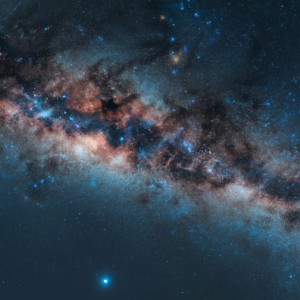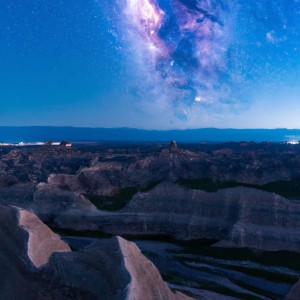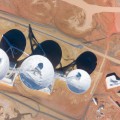As mankind has always been fascinated by the unknown, we have always been on the quest to explore beyond our limitations. One of the greatest achievements of modern technology is the creation of space exploration vehicles, also known as rockets, and with these vehicles, we have been able to explore outer space like never before. We have launched several missions, some of which have successfully reached the moon, while others have explored beyond our solar system. In this article, we will explore where the space shuttles go once they are launched.
Once a space shuttle is launched, it typically goes into a low earth orbit and circles our planet multiple times. The altitude in which the shuttle orbits depends on the nature of the mission and can range from 200 to 1,200 kilometers above the earth’s surface. The shuttle typically stays in this orbit for days or even weeks, allowing astronauts to carry out their experiments and observations, but sooner or later, the shuttle must return to earth.

The re-entry process is extremely dangerous and challenging. The shuttle must maneuver through the atmosphere at tremendous speeds and temperatures. The heat generated by the shuttle during re-entry can reach up to 1,650 degrees Celsius. Special heat shields have been installed to protect the shuttle, and the exterior of the shuttle is coated with tiles that work as an insulator and protect it from the extreme heat.
If the mission is to explore beyond our planet, different types of rockets and spacecraft are used. In 1977, NASA launched the Voyager spacecraft with the mission to explore Jupiter and Saturn. It is now the first man-made object to leave the solar system and has explored the heliosphere- the region where the sun’s influence ends and interstellar space begins. It is still actively transmitting data back to earth.
More recently, SpaceX launched the Dragon spacecraft. The spacecraft was designed for additional space transport tasks, such as resupply missions to the International Space Station (ISS). The Dragon is the first spacecraft launched by a private company, and it successfully made the first privately funded trip to the ISS in 2012. It has since carried out multiple resupply missions to the ISS.
In the future, we hope to send spacecraft that can sustain human life for distances beyond our solar system. Scientists are working on developing various propulsion methods, including nuclear propulsion and solar sails, to make this possible. In the meantime, we continue to explore and study our solar system with our telescopes, probes, and rovers.
In conclusion, space shuttles typically go into a low earth orbit or further into space when exploring and studying other planets and galaxies. The future of space exploration offers endless possibilities, and as we continue to develop new technologies, we will be able to expand our knowledge of the universe and possibly one day, take humanity to the stars.













评论